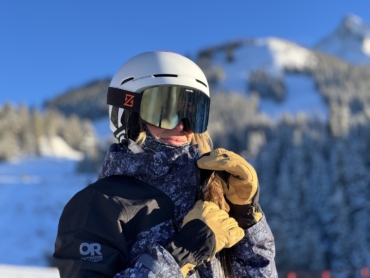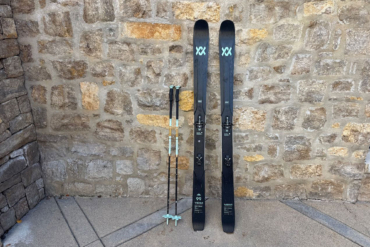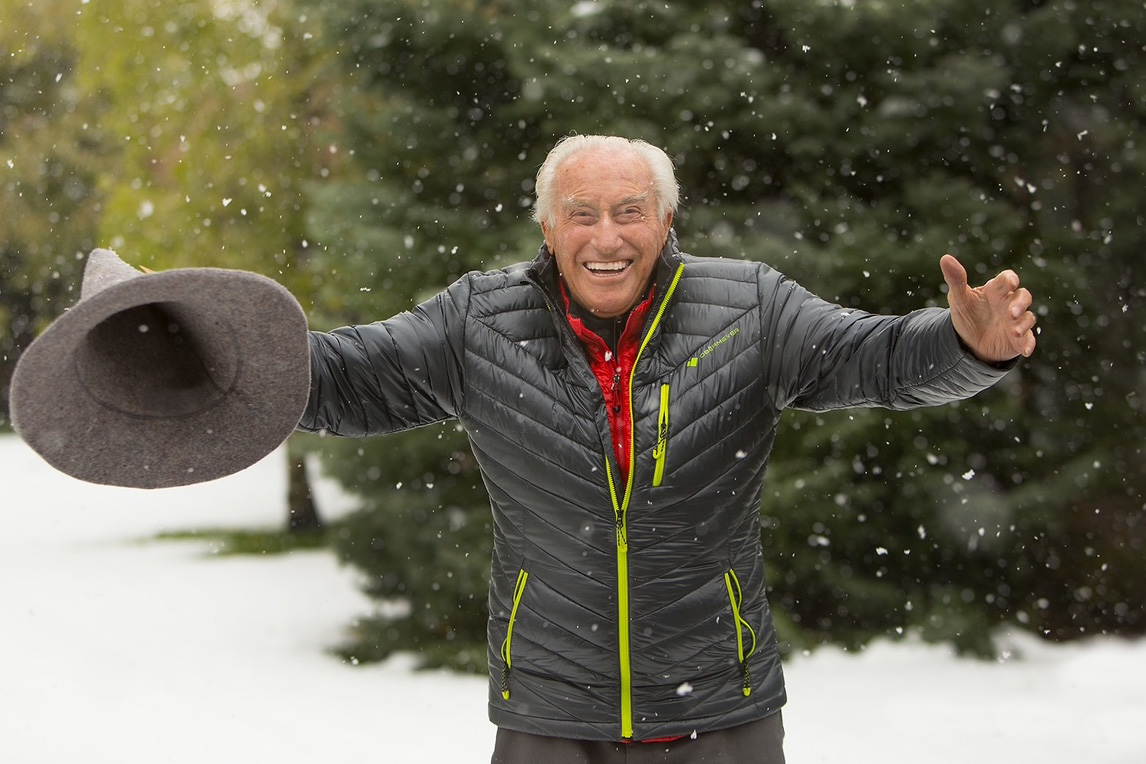Jones Snowboards recently teamed up with SWS Board Technology to introduce the first recycling service for snowboards. It’s a program called “Re-Up Tech” that collects used snowboards from the community and uses the materials to make new boards.
Re-Up Tech launched last week with the release of Jones’s newest model, Hovercraft 2.0 — the first board to incorporate Re-Up Tech into its build and Jones’s most sustainable snowboard to date.
The Re-Up Tech program accepts any intact, used snowboard — not just Jones’s — and Jones claims that up to 95% of each donated board can be upcycled through the process. In exchange for each board donated directly through the Jones Website, they will offer a $50 credit toward a new Jones board of choice.
How Re-Up Tech Works
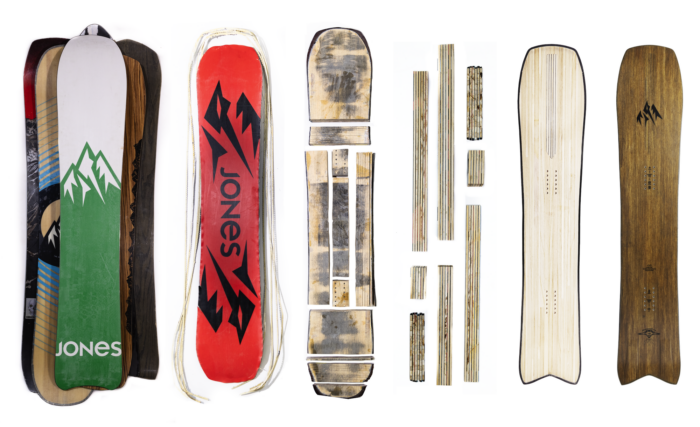
Re-Up Tech stands for Re-cycle dead snowboards and Up-cycle the materials, and it’s designed to keep boards out of the landfill. To get started, donors can either fill out an online form and ship their second-hand sleds directly to Jones with prepaid shipping, or turn them in at one of Jones’s designated retail stores locally.
Once collected, the retired boards are batch-shipped to Jones’s factory using slow ocean freight, the shipping method with the smallest carbon footprint possible.
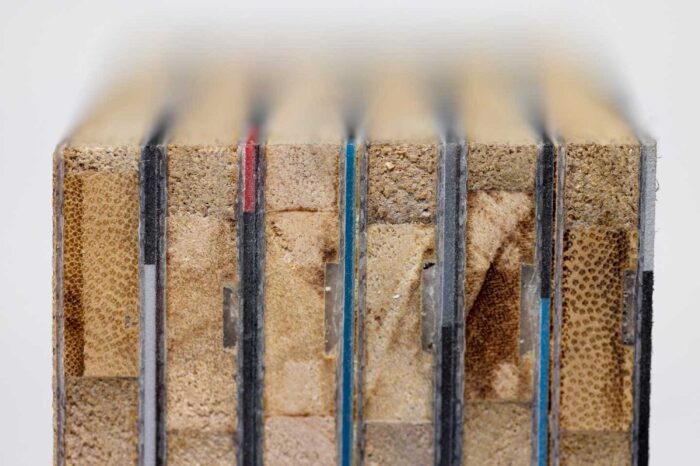
Back at the factory, the recycling process begins by sanding every board’s topsheet and base to remove dirt, wax, and solvents. The edges and inserts are removed and set aside to be recycled with other scrap steel, and the leftover board material, now void of steel, is flattened in a press. What’s left is essentially a flat stack of p-tex, epoxy, wood core, stringer material, and topsheet.
Jones then stacks this, and then glues and presses them together in a group of six boards to create a literal snowboard sandwich. The sandwich is then cut into thin slices, which are used to create stringers and inserted into wood cores in the construction of new boards.
The Damping Power of Re-Up Stringer
The second-hand snowboards Jones collects are used specifically to create stringers. The recycled materials are only used in specific areas for dampening and stiffening. The majority of the wood core is made with responsibly harvested virgin wood like a traditional wood core.
Stringers, which are essentially strips of material embedded in the wood core for added stiffness, are a critical component in the board’s feel underfoot.
Where other high-end boards typically utilize carbon fiber stringers, Jones claims the Re-Up Stringers have more damping power because the layers in the recycled slices are oriented 90 degrees relative to the new wood core. According to Jones’ website, “Re-Up stringers absorb vibrations and are more torsionally stable than any stringers we’ve tested.”
A Board Already Using Re-Up Tech
Performance aside, the new Hovercraft 2.0 is a huge step forward in sustainable snowboard making. In addition to its 100% recycled stringer and responsibly harvested wood core, Hovercraft 2.0 is also made with recycled ABS sidewalls, partially recycled steel edges, a sustainable flax topsheet, and no topsheet varnish, mitigating the toxic byproduct that comes with it. It’s also built using 100% solar power. This short video explains a bit more about the construction and concept of the board, if you’re interested.
Conclusion
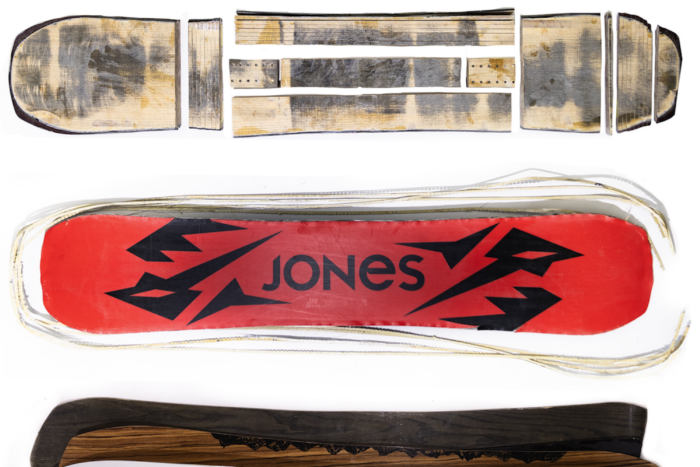
Jones, a brand at the bleeding edge of progressive snowboard tech, is the first to admit that snowboard manufacturing will always have an environmental impact. But the brand is also leading the charge among brands to minimize it.
In 2020, Jones invested heavily in a Life Cycle Assessment of its production methods to calculate the impact that its manufacturing process has on the environment. Now, Re-Up Tech (and the Hovercraft 2.0) is evidence that the brand is doing something about it. Case in point: snowboarding’s first recycling program.



